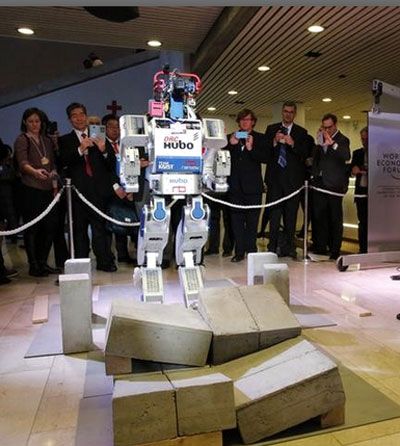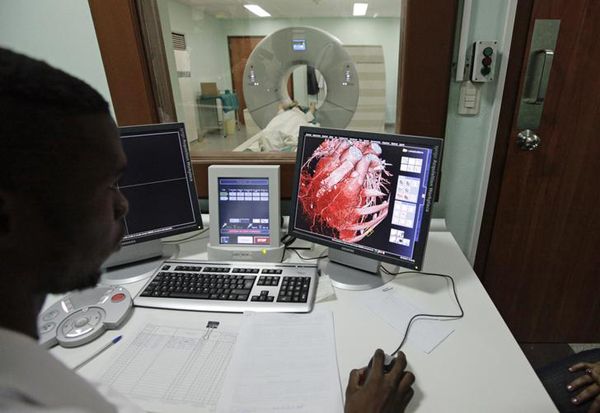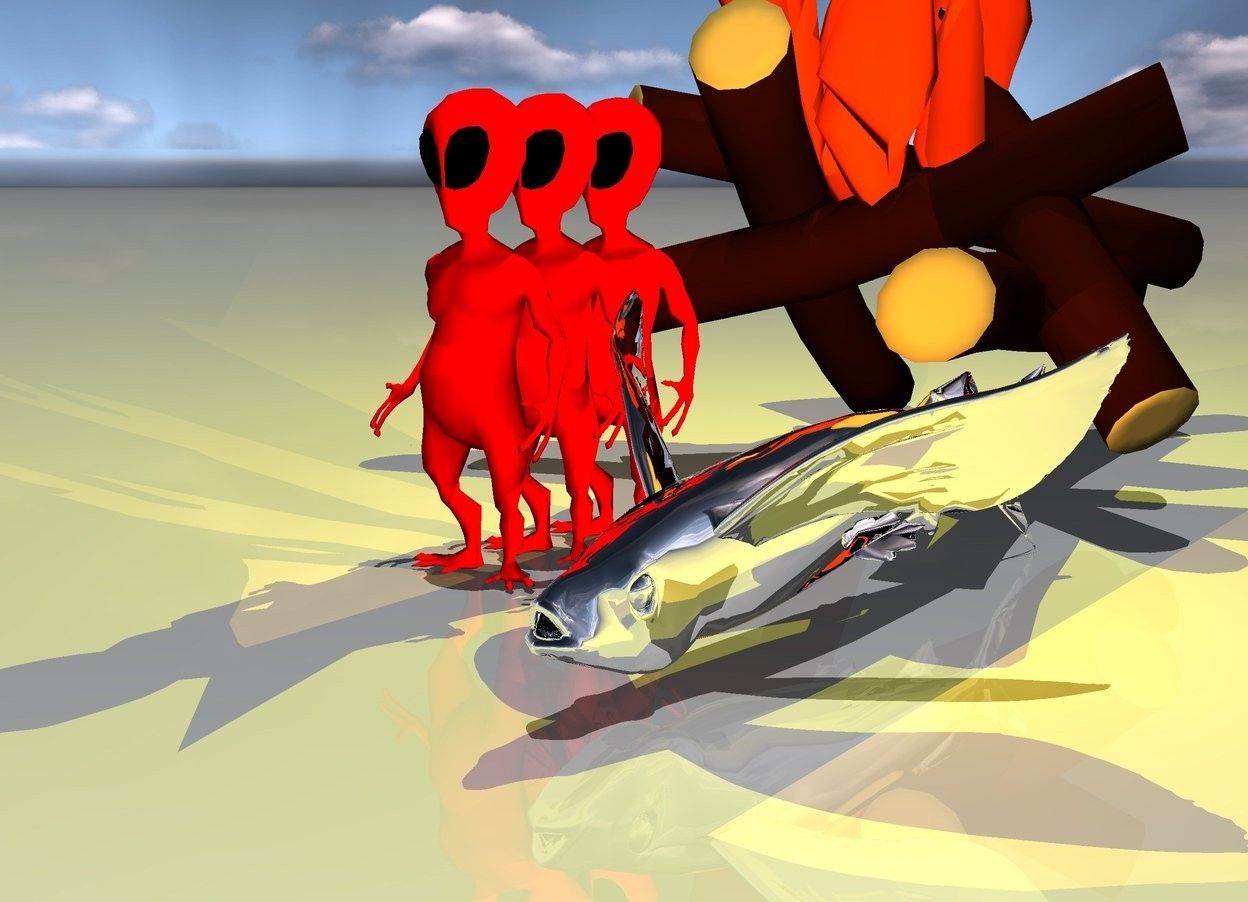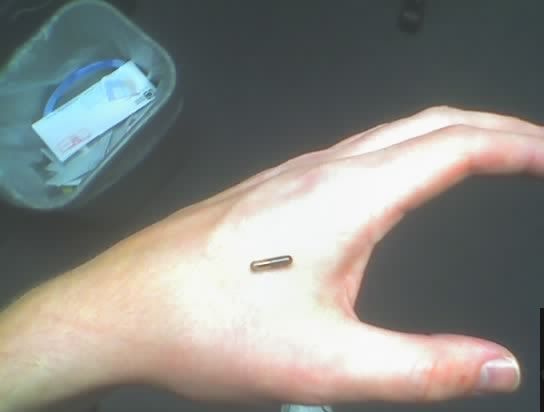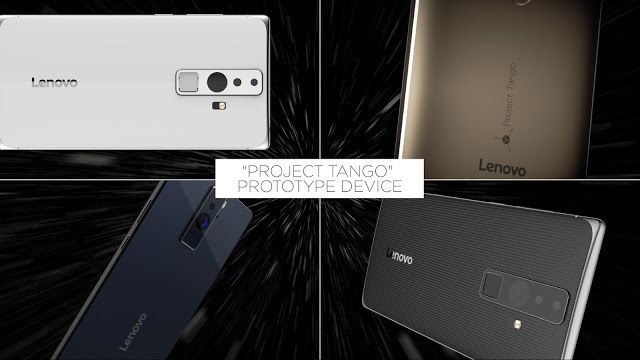Go Hubo
The so-called ‘fourth industrial revolution’ will bring ever faster cycles of innovation, posing huge challenges to companies, workers, governments and societies alike Implantable mobile phones. 3D-printed organs for transplant. Clothes and reading-glasses connected to the Internet.
Such things may be science fiction today but they will be scientific fact by 2025 as the world enters an era of advanced robotics, artificial intelligence and gene editing, according to executives surveyed by the World Economic Forum (WEF).
Nearly half of those questioned also expect an artificial intelligence machine to be sitting on a corporate board of directors within the next decade.
